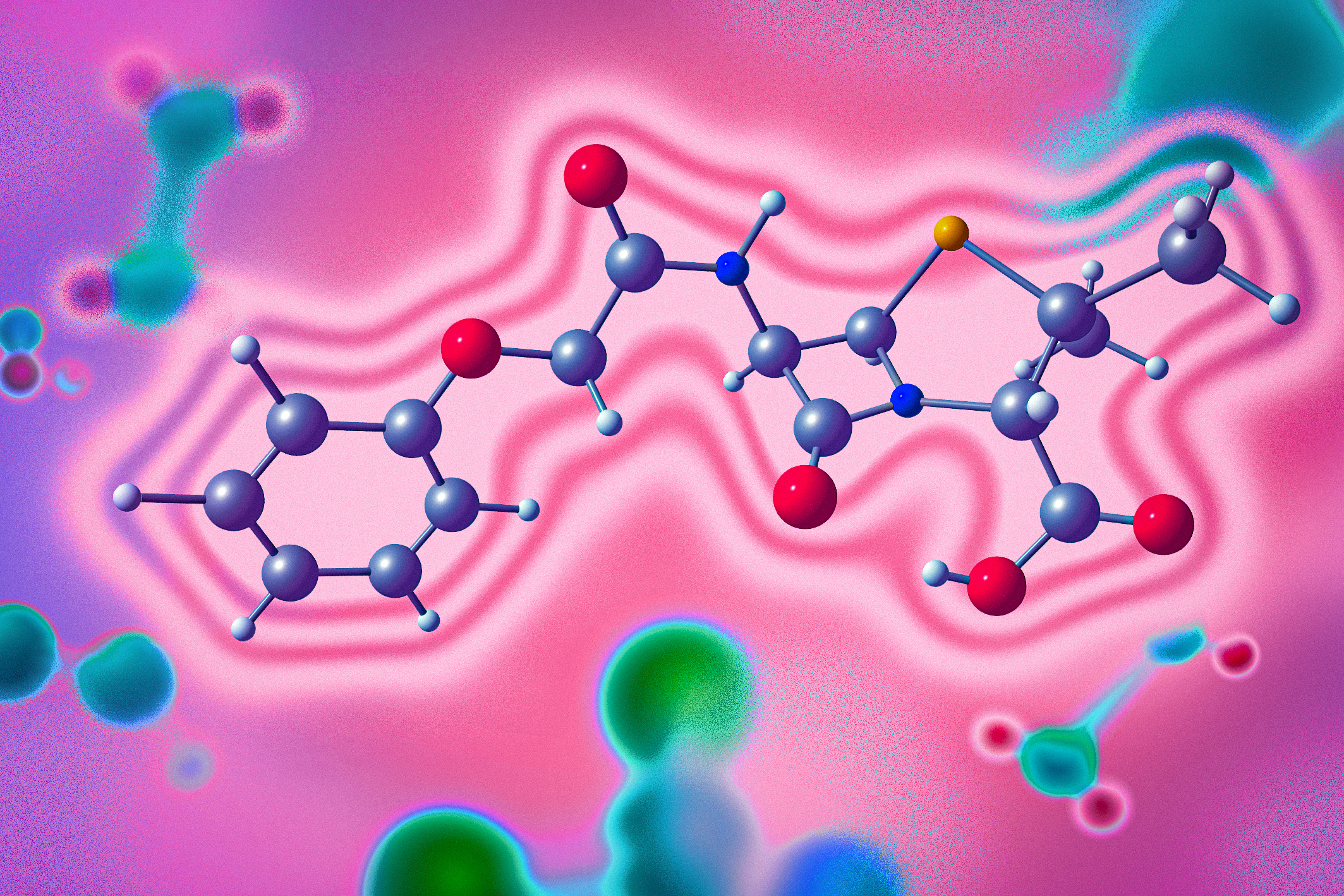Cummins paper published in Science
Phosphoric acid as a precursor to chemicals traditionally synthesized from white phosphorus
A paper authored by Professor Christopher C. Cummins and Graduate Student Michael B. Geeson was recently published in Science.
Phosphoric acid as a precursor to chemicals traditionally synthesized from white phosphorus
Michael B. Geeson, Christopher C. Cummins*
Science 08 Feb 2018: eaar6620
DOI: 10.1126/science.aar6620
Abstract: White phosphorus, generated in the legacy thermal process for phosphate rock upgrading, has long been the key industrial intermediate for the synthesis of phosphorus-containing chemicals, including herbicides, flame-retardants, catalyst ligands, battery electrolytes, pharmaceuticals, and detergents. In contrast, phosphate fertilizers are made on a much larger scale from phosphoric acid, obtained by treating phosphate rock with sulfuric acid. Dehydration of phosphoric acid using sodium chloride gives trimetaphosphate, and here we report that trichlorosilane, primarily used for the production of high-purity silicon, reduces trimetaphosphate to the previously unknown bis(trichlorosilyl)phosphide anion. This anion offers an entry point to value-added organophosphorus chemicals such as primary and secondary alkyl phosphines, and thus to organophosphinates, and can also be used to prepare phosphine gas and the hexafluorophosphate anion, all previously available only downstream from white phosphorus.





